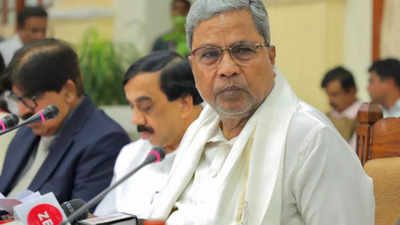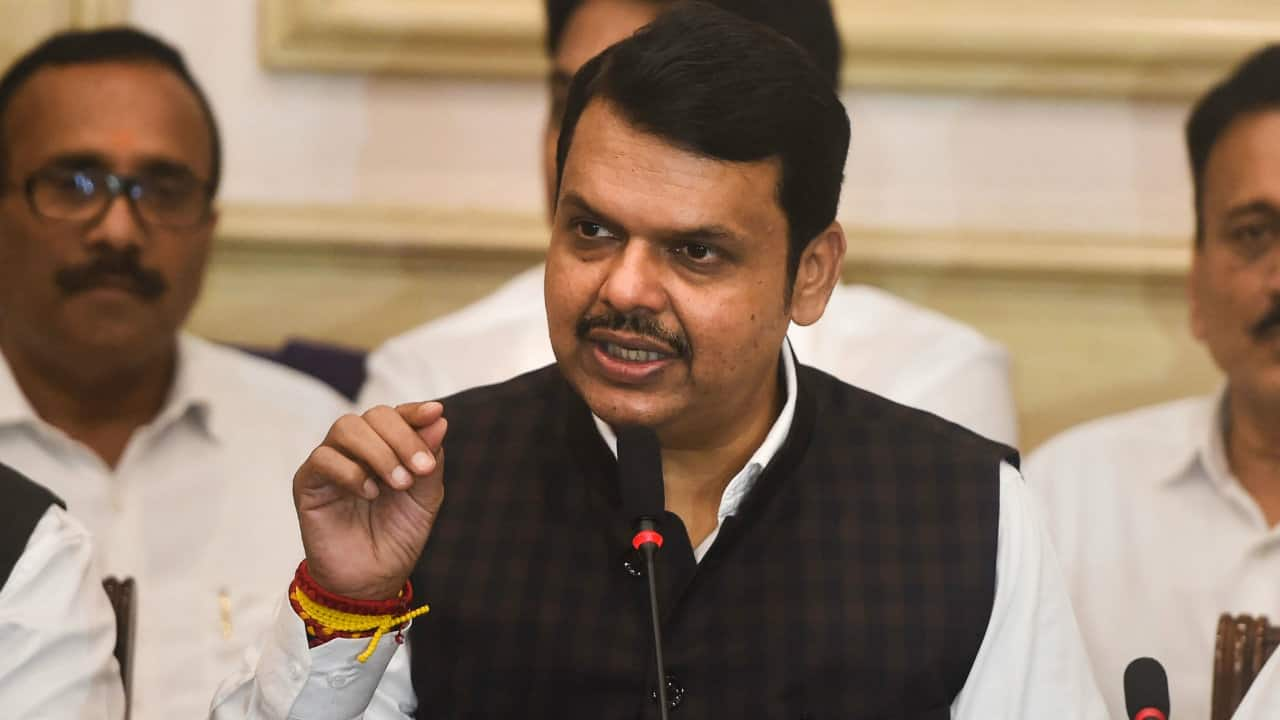Maharashtra and Karnataka Witness Downturn in Infrastructure Spending during QIFY24

Maharashtra and Karnataka Witness Downturn in Infrastructure Spending during QIFY23
In a surprising turn of events, Maharashtra and Karnataka, two of India’s key economic powerhouses, experienced a notable decline in infrastructure spending during the first quarter of the fiscal year 2023 (QIFY23). The economic implications of this slump have left policymakers, businesses, and citizens concerned about the future development and growth prospects in these states.
The infrastructure sector has long been regarded as a critical driver of economic progress, generating jobs, fostering trade, and facilitating the overall ease of doing business. It plays a pivotal role in attracting investments and enhancing the overall quality of life for residents. However, the recent contraction in infrastructure spending threatens to slow down the pace of development in both states and poses challenges to their economic trajectories.
In Maharashtra, which boasts a significant contribution to India’s GDP, infrastructure spending witnessed a downward trend during the first quarter of the fiscal year 2024. The reduction in public investments for critical projects, such as road networks, transportation systems, and power plants, has raised concerns among investors and businesses. The lack of adequate infrastructure development can hinder supply chain efficiencies and the seamless movement of goods and services, ultimately impacting economic growth and competitiveness.

Karnataka, another state known for its robust industrial base and flourishing technology sector, is also grappling with a decline in infrastructure spending during the same period. The state’s infrastructure development has been integral to attracting multinational corporations, establishing IT hubs, and fostering innovation. The recent deceleration in investment poses a significant challenge to its aspiration of becoming a global economic and technological hub.
Several factors are contributing to the decline in infrastructure spending in both states. One major factor is the ongoing economic downturn that has impacted the fiscal health of the state governments. With limited financial resources, governments are facing constraints in allocating funds to infrastructure projects, forcing them to prioritize essential services and welfare programs.
Moreover, the COVID-19 pandemic has taken a toll on government revenues, leading to lower tax collections and reduced budgetary allocations. The pandemic’s adverse effects on businesses have also impacted private investments in the infrastructure sector, as companies focus on preserving capital and maintaining financial stability.

The drop in infrastructure spending has far-reaching consequences on multiple fronts. Firstly, it impacts job creation and employment opportunities in construction, engineering, and allied sectors. A slowdown in infrastructure projects can lead to layoffs and reduced income for workers, exacerbating the existing challenges of unemployment and underemployment.
Secondly, the deficient infrastructure could deter potential investors and companies from setting up operations in these states. Investors often look for well-developed infrastructure, reliable transportation systems, and adequate utilities when considering new business ventures. A lack of infrastructure may lead to investors exploring alternative locations, causing a missed opportunity for Maharashtra and Karnataka to attract much-needed investments.
Thirdly, subpar infrastructure could affect the quality of life for residents. Inadequate road networks, public transportation, and basic utilities can hamper day-to-day activities and lead to a decline in overall living standards. Additionally, the lack of infrastructure development may exacerbate environmental challenges, such as increased traffic congestion and pollution.

To address these issues, the governments of Maharashtra and Karnataka need to adopt strategic measures to revive infrastructure spending. Firstly, they must focus on prudent fiscal management and explore alternative revenue streams to boost funds for infrastructure projects. Identifying and leveraging public-private partnership opportunities can also help attract private investments, relieving some burden from the public exchequer.
Furthermore, streamlining bureaucratic processes and accelerating project approvals can expedite infrastructure development. Reducing administrative bottlenecks and ensuring transparency in procurement can attract more investments and instill confidence among stakeholders.
The governments should also explore borrowing options and seek financial assistance from international institutions to fund critical projects. However, they must ensure that borrowed funds are utilized judiciously and invested in projects that yield long-term benefits for the state and its residents.
In conclusion, the decline in infrastructure spending in Maharashtra and Karnataka during the first quarter of the fiscal year 2023 is a matter of grave concern. The states must act promptly and proactively to reverse this trend to propel economic growth, attract investments, and improve the overall quality of life for their citizens.
Addressing the challenges posed by the current economic climate and the pandemic will require decisive action, innovation, and collaborative efforts between the government, private sector, and civil society. Only through collective action can these states overcome the infrastructure spending slump and usher in a new era of prosperity and development.



